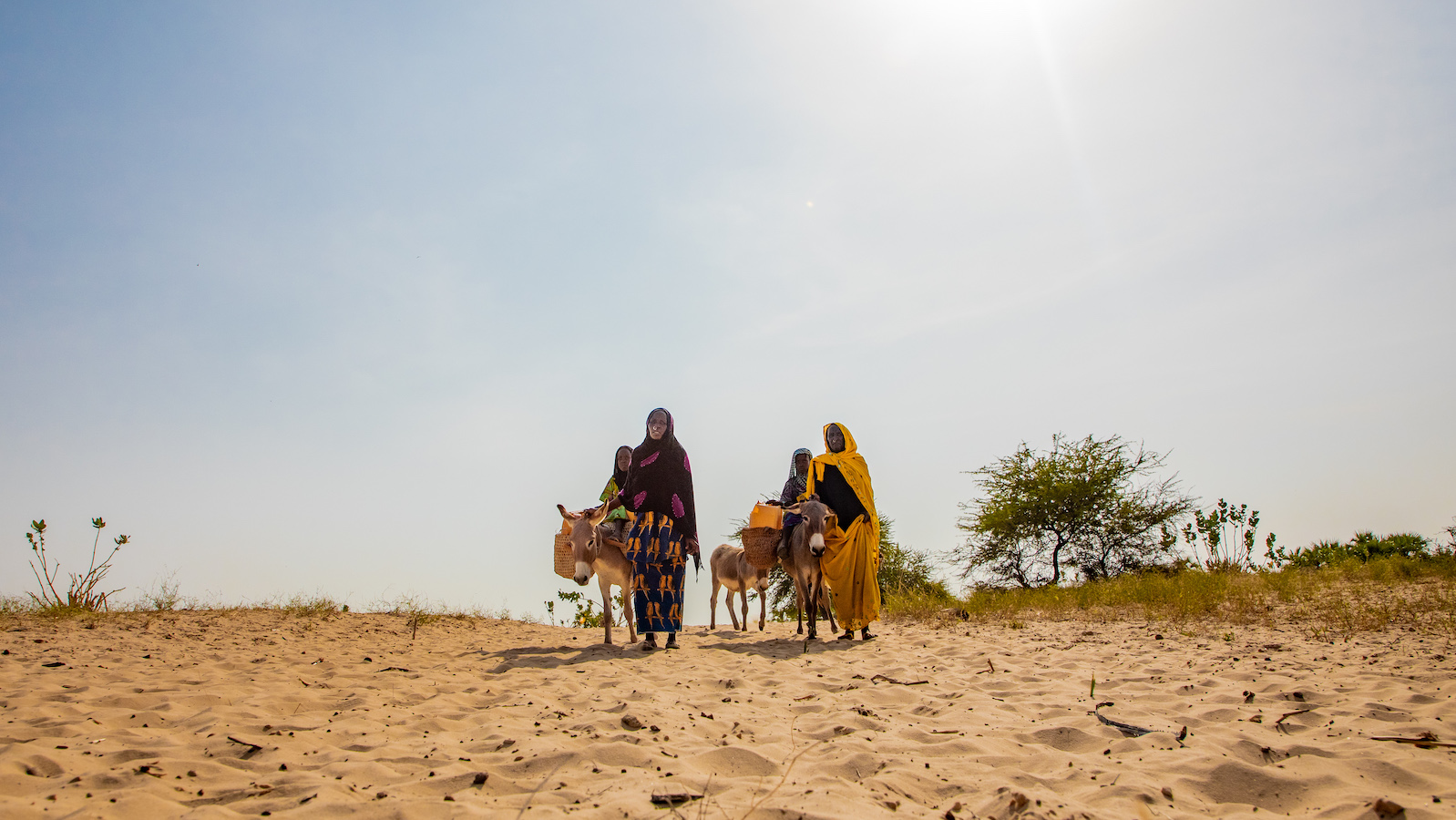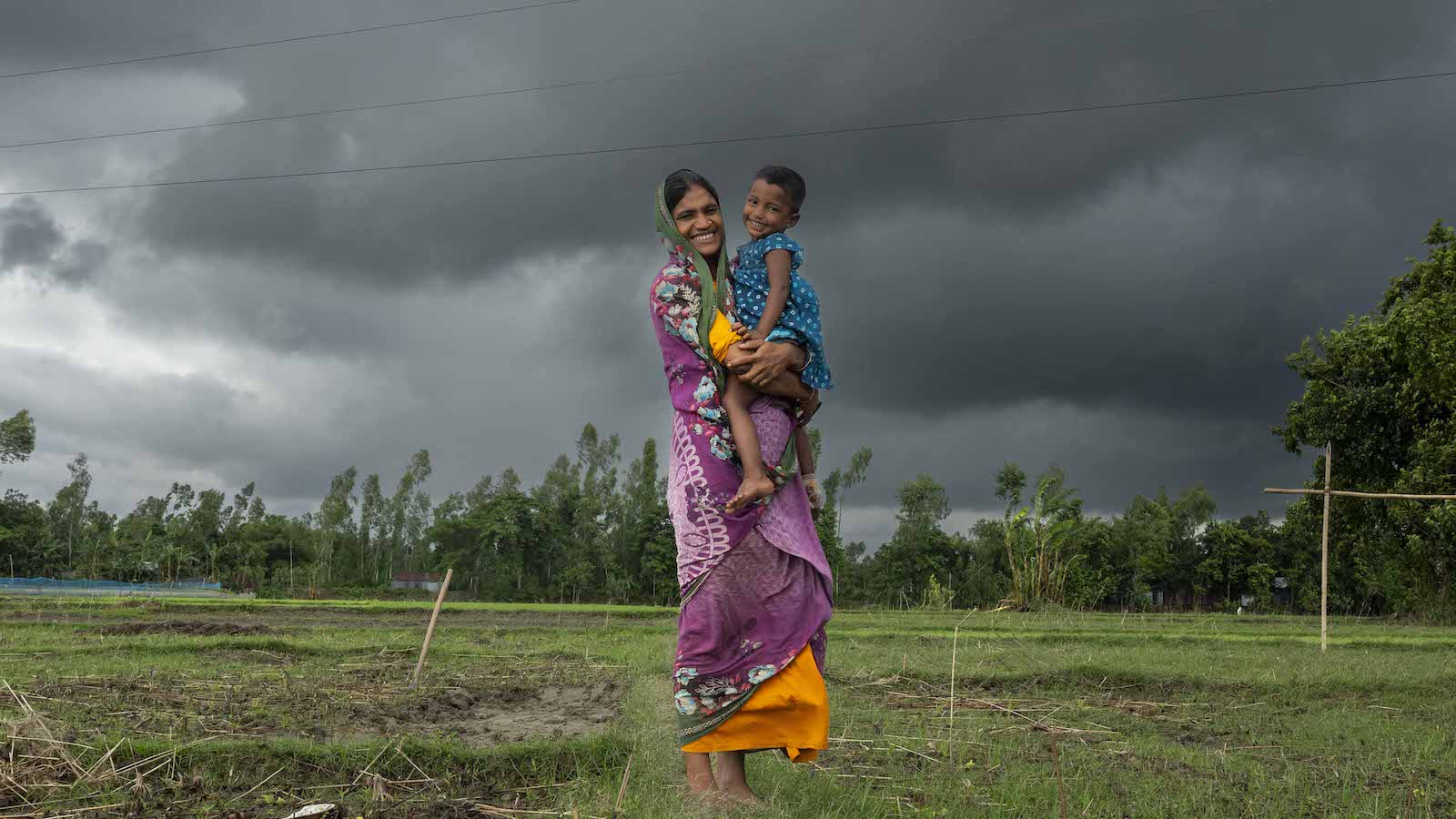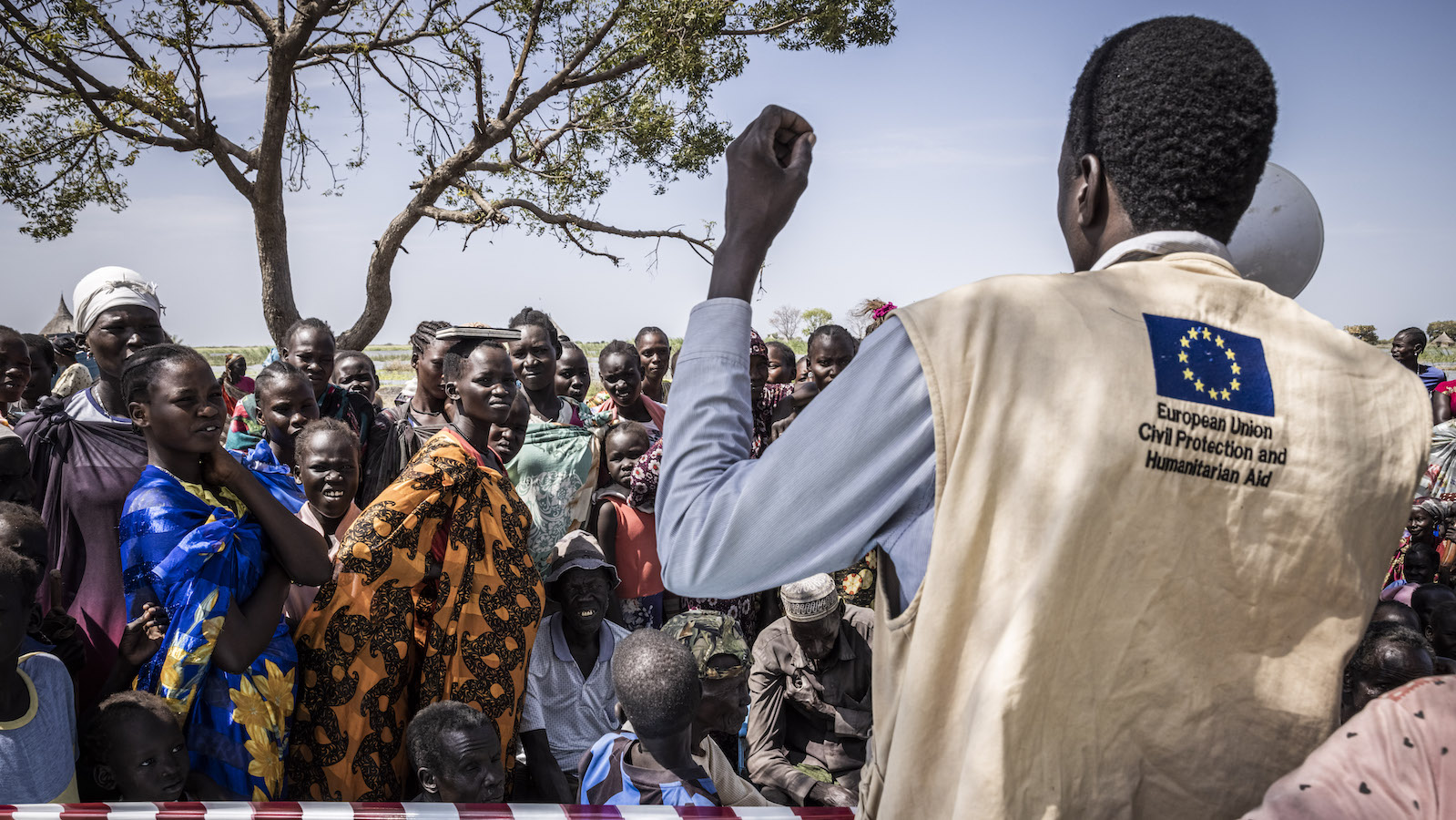At first glance, it may seem like climate risks are equal opportunity. Many of the extreme weather events linked to global warming aren’t selective with regards to a nation’s income or GDP. We’ve seen this in the United States with recent fires in Los Angeles and floods in Texas.
High-income countries generally have more resources to deal with unavoidable climate risks. Low-income countries do not. In almost all of the countries where Concern works, these risks pose an existential threat and are already causing disproportionate loss and suffering for the most vulnerable people.
The Notre Dame Global Adaptation Initiative (GAIN) accounts for this, judging the impact of climate change based not only on the significance and frequency of extreme weather events, but also on a country’s preparedness to handle both current and future threats. Concern works in seven out of the following ten countries facing the highest climate risks.
10. Mali
The vast majority of Mali — two-thirds of the country — is covered by desert. According to reports, the region is also getting hotter: Since 1960, the mean annual temperature has increased by 0.7º C, bringing with it more drought and less predictable rainfall patterns. The World Bank estimates that El Niño-related events could increase the frequency and impact of droughts over the next few decades. This could lead in turn to increased crop failures due to heat and infestations, a loss of biodiversity, further water stress, and climate migration. Ongoing conflict in Mali that began in 2012 has further eroded the country’s ability to cope with current environmental issues and offset the risks of future emergencies.
9. Liberia
Liberia ranks ninth on the GAIN Index for a variety of factors, including high levels of poverty, an oversized dependency on economic sectors that are climate-sensitive (including agriculture, fishing, mining, and forestry), and a lack of infrastructure to cope with an increasing number of natural disasters and emergencies. Being overly-reliant on industries like agriculture and forestry means that many people will face setbacks as these natural events interrupt business as usual.
In Liberia, it also means that these activities are contributing to the effects of climate change in the country, as people overly rely on unsustainable logging practices that lead to deforestation, agricultural techniques that aren’t climate smart, and unregulated sand mining that has led to the country’s coastline becoming especially vulnerable to erosion. Sea levels have already begun to rise in the country, and the World Bank predicts that additional increases will put 675,000 additional people at risk by 2030.
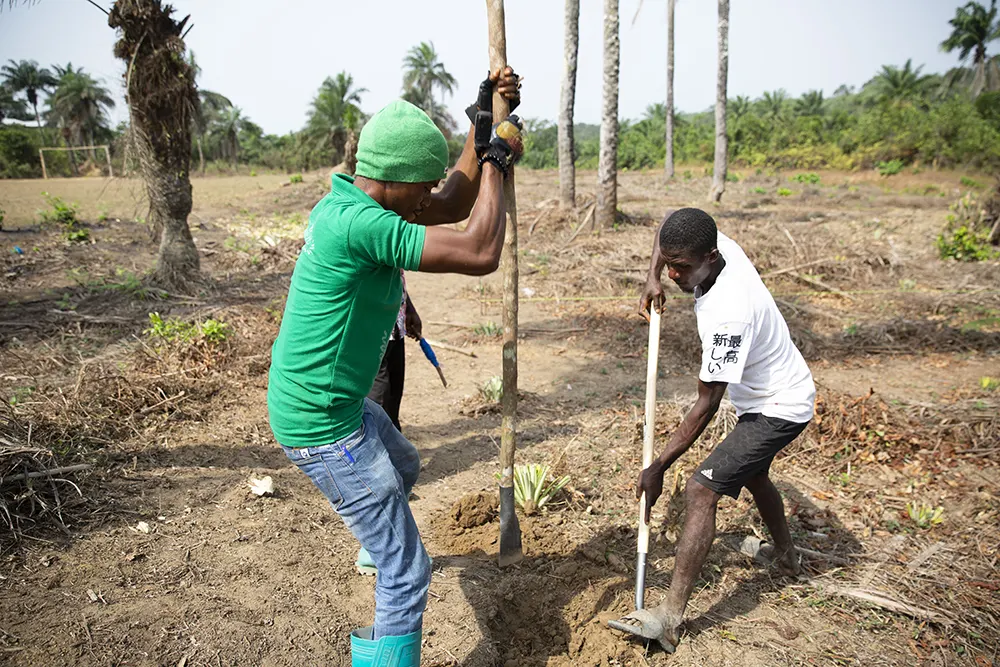
8. Somalia
The last several decades of conflict, political instability, and diminished infrastructure in Somalia have severely compromised the country’s ability to cope with increasingly frequent and severe climate events. This was made clear in recent years by the worst drought to hit the Horn of Africa in 40 years, which left millions of Somalis in need of humanitarian aid and facing a risk of famine. Over 60% of Somalis are pastoralists, meaning that their ability to survive depends on consistent-enough rains to keep their flocks healthy and well-fed. Likewise, Somalia’s farmers contribute to 65% of the country’s GDP. This has become an increasingly harder goal to meet over the last decade.
One of the reasons Somalia faces a dire future in the face of the climate crisis is an ongoing civil war. Over the last few decades, conflict has prevented a solid infrastructure from being developed and maintained, with governance in place to respond to natural disasters. Related to this, Notre Dame also notes that Somalia’s participation in international environmental conventions is low, and much of the country’s biome is unprotected. This has led to environmental issues like overfishing, deforestation, illicit logging, toxic dumping, and a detrimental charcoal trade.
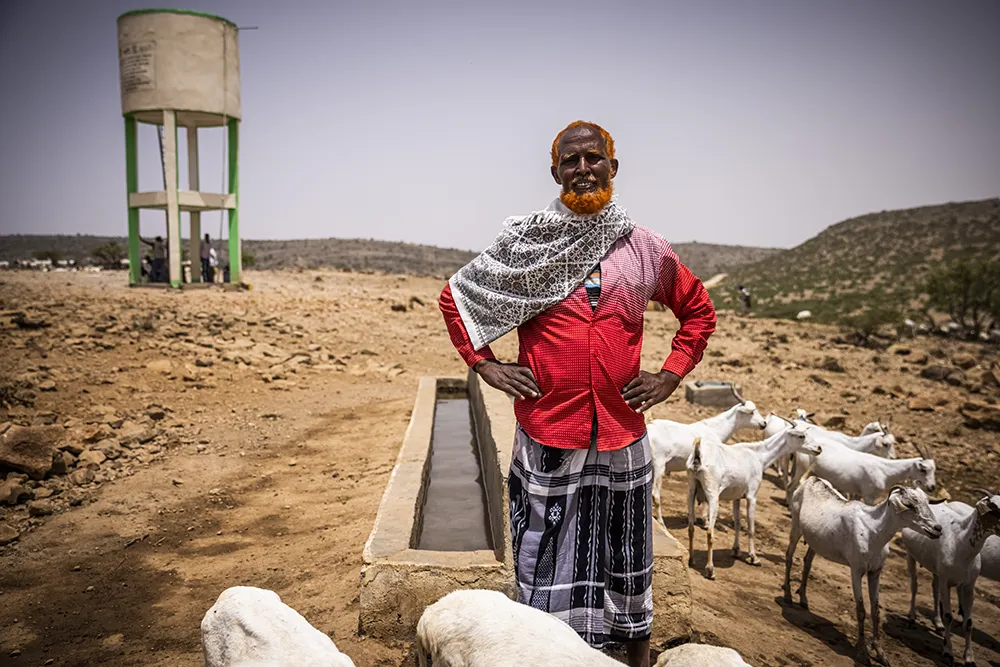
7. Afghanistan
Between 1950 and 2010, the temperatures in Afghanistan increased by 1.8º C. Rains have decreased by 40% in the country, and the World Food Programme names drought (both rainfall-related and snowmelt-related) as a current threat to the country’s food security, which relies largely on agriculture. An optimistic climate outlook for Afghanistan would still include a minimum temperature increase of 1.4º C by 2050; the worst-case scenario would lead to a 6º C increase by the end of this century.
The ongoing humanitarian crisis in Afghanistan, driven in large part by political instability, also means that the country is ill-equipped to respond to an increasing number of environmental disasters. Last year, 26 out of the country’s 34 provinces were affected by extreme weather, including the third consecutive year of drought conditions, which has contributed to a national water crisis affecting 10 million people.
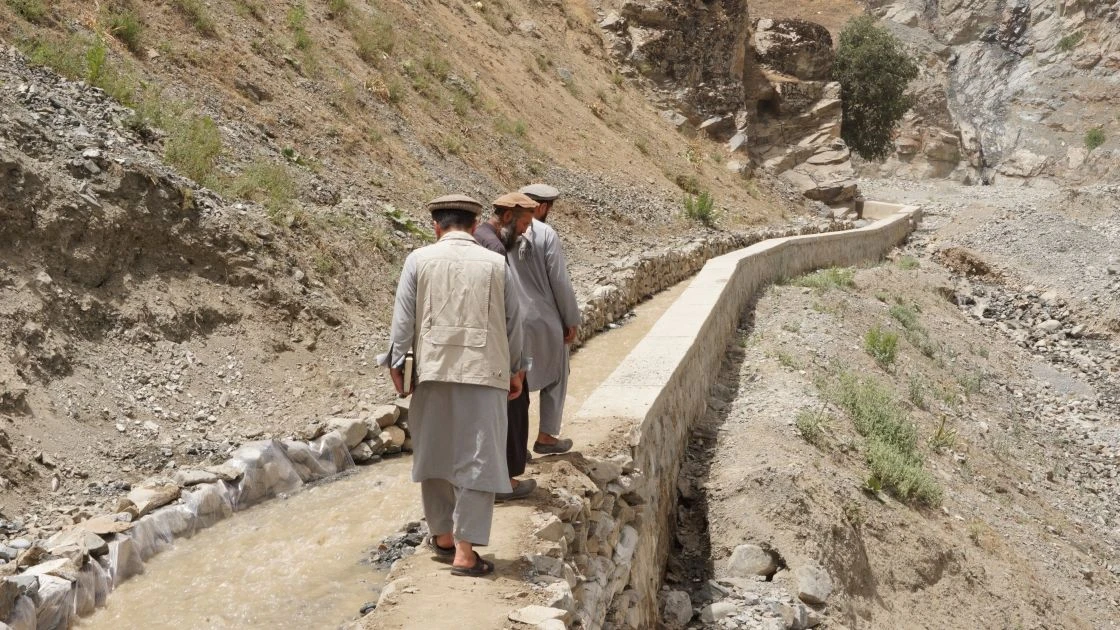
6. Sudan
The Global Adaptation Initiative’s index was calculated before war broke out in April 2023, leading to a full-scale humanitarian crisis in Sudan. Even in 2016, climate scientist Jos Lelieveld raised the alarm for the country’s risk of becoming uninhabitable due to increasing temperatures. In 2019, the Red Cross named it one of their top ten countries most vulnerable to climate change.
The country has faced large amounts of desertification and deforestation over the years. According to Notre Dame, Sudan now depends largely on international resources for its current water supply, which makes the country’s reliance on agriculture as both a source of food and a major industry incredibly risky in the face of global water shortages.
If the conflict in Sudan continues, this will greatly impact the country’s ability to prepare for and cope with shocks like drought and plan for long-term innovations for the country’s future inhabitability.
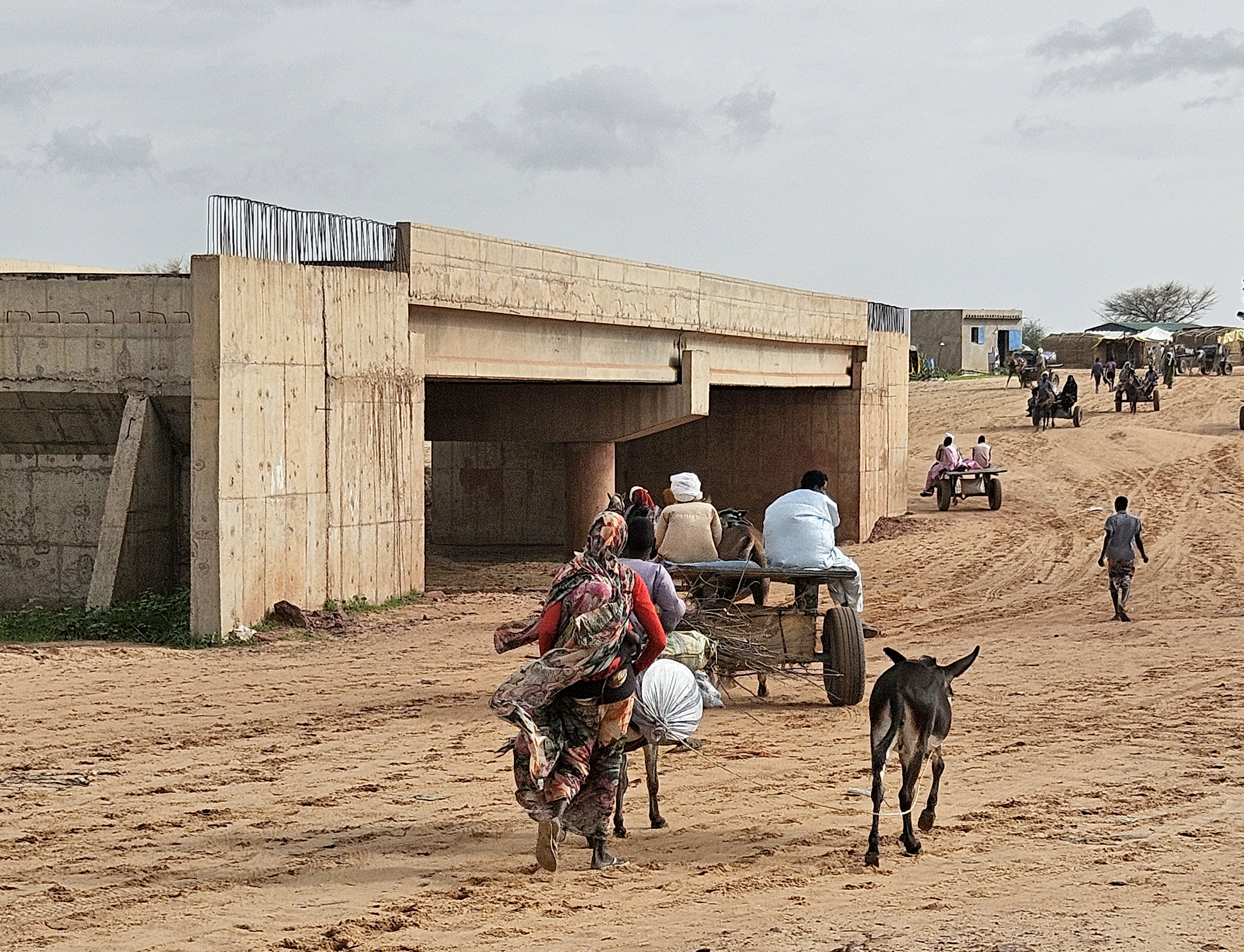
5. Guinea-Bissau
A small west-African country just northwest of Liberia, Guinea-Bissau has roughly 350 kilometres of coastline, 88 islands, and a number of estuaries from the Atlantic Ocean. This means that floods are a recurring hazard, especially during the rainy season (usually July through September). Last year, exceptionally heavy rains affected 80% of the country’s farmers, creating a food crisis that left the country importing over 120,000 tonnes of food to make up for the deficit.
The rising sea level poses a threat to 70% of the population, and increased salinization from the ocean (another environmental threat) has led to a decrease in rice production — one of the country’s staple crops. With nearly 65% of the country living below the poverty line, these setbacks are creating dire conditions.
4. Democratic Republic of the Congo
In the 19th Century, the Democratic Republic of the Congo was stripped of many of its natural resources. It was also left with very little stability or infrastructure when it gained independence in 1960. This not only set up the DRC for decades of crisis, but also left it unable to cope with both major climate disasters as well as the ongoing pollution of natural resources thanks to corporate mining interests in the country.
The DRC’s 2023 Climate and Development Report shows that the threat of climate change isn’t theoretical, as it experiences a surge in both floods and droughts, both of which have a significant impact on the country’s hunger crisis. The country’s high rates of poverty and lack of infrastructure around resilience also signal that the ongoing effects of global warming will carry outsized consequences for the most vulnerable Congolese.
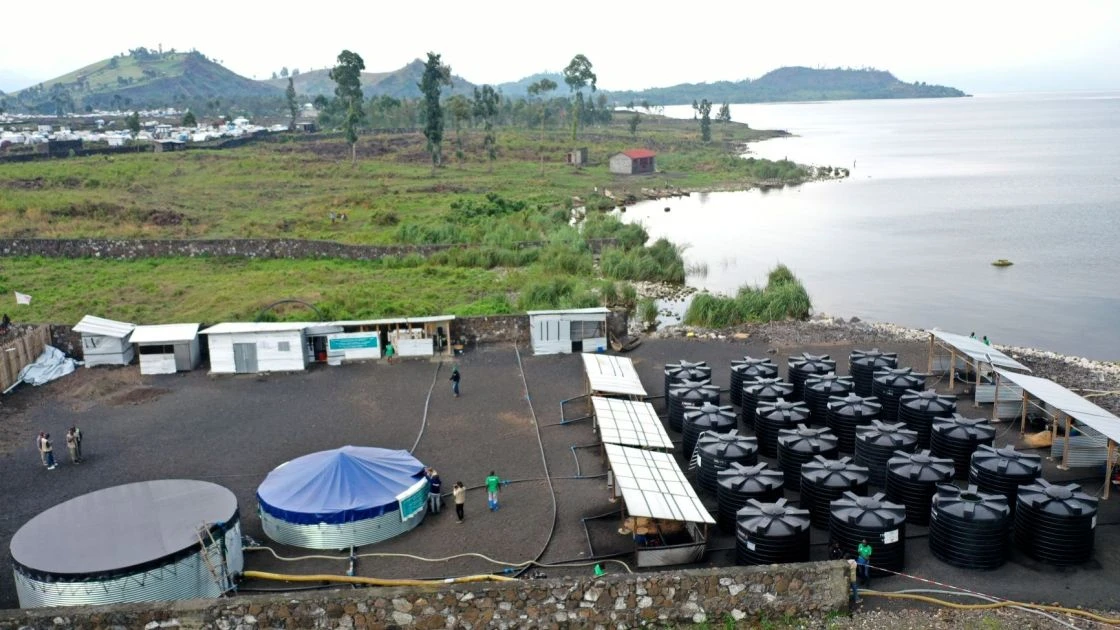
3. Eritrea
A small, coastal country in the Horn of Africa, Eritrea has seen a temperature increase of 1.7º C since 1960. This in turn has led to a rise in droughts and sea level, biodiversity loss, and a decline in food production. Notre Dame’s GAIN Index notes that the country’s adaptive capacity is low, meaning that it lacks the ability to offset the risk posed by current and future climate extremes.
2. Central African Republic
Over a decade of conflict in the Central African Republic had a lasting effect on the country’s ecosystem, as well as the resources and coping mechanisms for hundreds of thousands of civilians. Unlike many countries on this list, CAR is actually quite lush and green, however it faces many environmental challenges. Parts of the country’s north and west share similar challenges felt across the Sahel and Lake Chad regions, including both political instability and violence, as well as a scarcity of resources for pastoralists in the area.
In the tropical climate of the south, the country has also faced devastating floods in recent years, including one in the capital of Bangui in 2022 that destroyed over 2,000 homes. Contaminated water sources (from floods as well as from the country’s poorly-regulated mining industry) have led to an uptick in waterborne diseases.

1. Chad
Chad currently ranks last on Notre Dame’s GAIN index, which also categorizes it as the fourth most-vulnerable country to natural disasters and the second least-prepared country for their effects. Over the last 50 years, increasing temperatures, droughts, and overuse of natural resources have caused 90% of Lake Chad — the country’s largest lake — to disappear, rendering it a dustbowl. The Lake Chad basin has been further eroded by heavy rains, and, because desert terrain is not primed to absorb water, it’s also prone to floods. And, with a lack of paved roads in the country, these floods can make humanitarian access difficult if not impossible after an emergency.
Some of the most pressing environmental issues for Chadeans center on hunger and healthcare. Agriculture employs 80% of the country’s workforce and accounts for more than 50% of the country’s GDP. However, the climate crisis has made this sector that much more volatile, which leaves people losing out on both livelihoods and food supplies. Hunger crises can quickly become health crises, and the country has fewer than one trained medical professional (be it a doctor, nurse, or midwife) per every 1,000 people. It has also faced added stress in the last year after taking in nearly half a million refugees from neighboring Sudan.
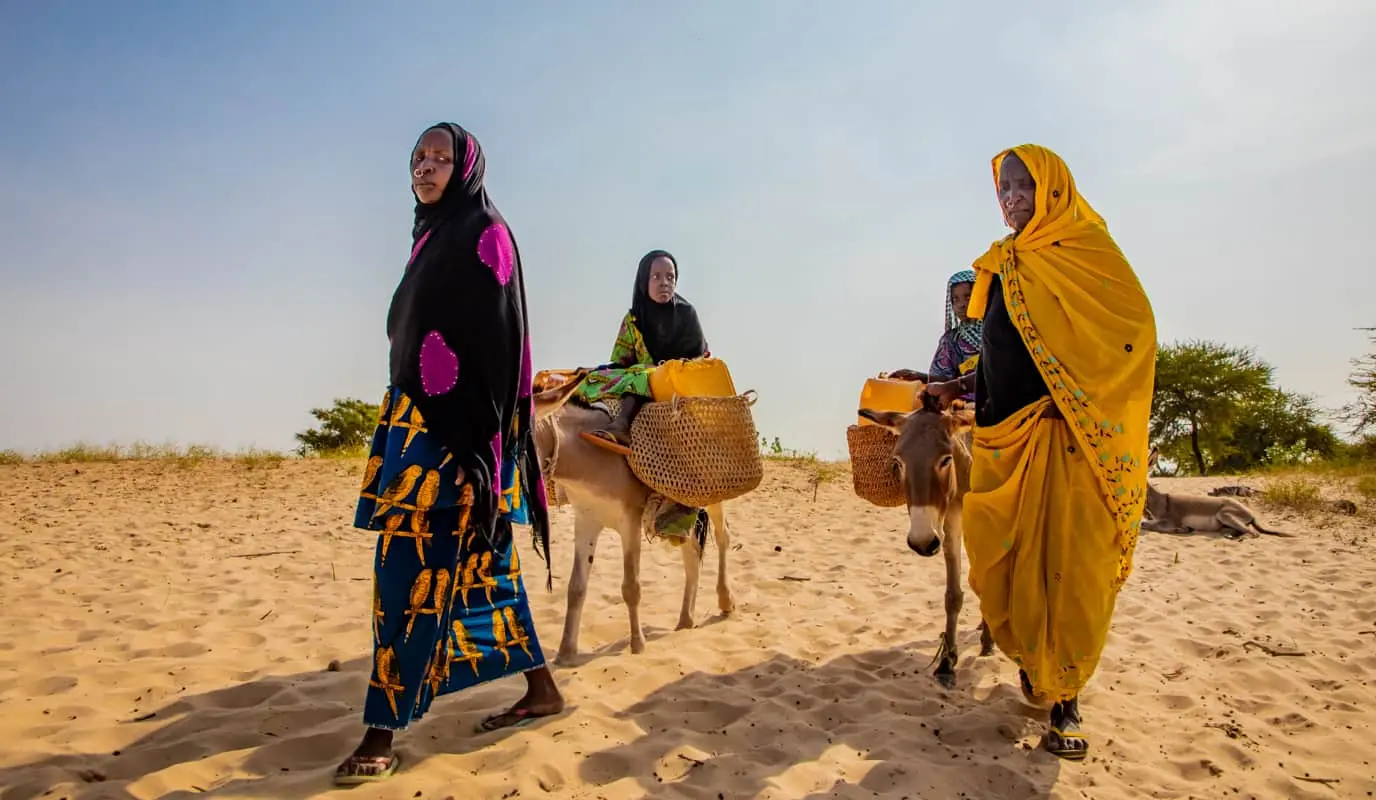
Climate risks and extreme weather: Concern’s response
Many of the countries where Concern works are, in one way or another, struggling with climate risks and natural disasters. We find nature-based solutions that protect, sustainably manage, and restore natural or modified ecosystems to address societal challenges.
We promote eco-friendly farming techniques, such as Climate Smart Agriculture, that are tailored to local environments. CSA is shown to improve food security and nutrition, while helping communities to sustainably manage water and other natural resources. Concern is committed to rolling out CSA to 600,000 farmers as part of our strategic plan, while also supporting the African Union to roll out CSA to 6 million farmers across the continent.
Concern is also a leader in Disaster Risk Reduction (DRR), which protects the lives and livelihoods of the communities and families that are most vulnerable when extreme weather events strike. Whether the crisis is caused by nature or humans (or a combination of both), DRR limits its negative impact on those who stand to lose the most by helping people to anticipate, survive, and recover from disasters more effectively.

